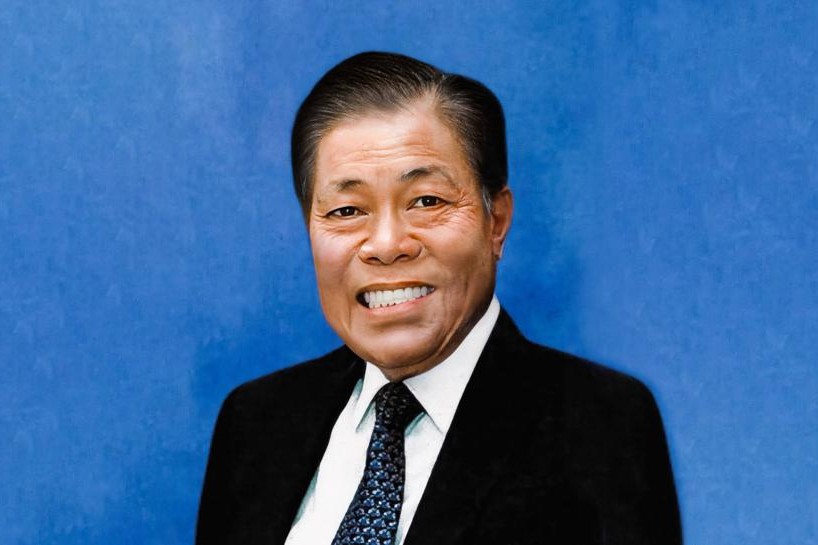Months before passing away at 98 in August 2025, Goh Cheng Liang had already mapped out the future of his multi-billion-dollar empire. By December 2024, regulatory filings revealed that shares of Nipsea International, the parent company of Nippon Paint, were transferred to six of his eight grandchildren, totaling one billion shares worth over S$10 billion.
While ownership went to the grandchildren, Goh Hup Jin, his son and Nippon Paint chairman, retained ultimate control through a single redeemable preference share holding 90.9 per cent of voting rights. This structure allowed the second generation to manage the business while the third generation acquired substantial ownership.
A Strategic Separation of Ownership and Leadership
The Goh family’s approach—granting ownership to the third generation while the second generation retains leadership—is rare but intentional. It enables Goh Hup Jin, in his early 70s, to focus on mentoring future leaders like Martin Lavoo, 38, who now sits on Nipsea’s board and co-founded urban farming company Sustenir in 2013.
This separation helps maintain family control. The grandchildren hold shares in Nipsea, which has a 55 per cent stake in Nippon Paint, rather than shares in the publicly listed firm directly, preventing dilution through open-market sales.
Uncommon but Increasingly Considered
Despite its advantages, this type of succession remains unusual in Singapore and across Asia. Many families still follow the traditional parent-to-child transfer of wealth. However, skipping a generation can occur when the second generation lacks interest or the capability to run the business. Conflicts may arise if the third generation has different strategies or priorities, highlighting the importance of careful planning.
Even when bypassed in ownership, second-generation family members often remain involved in key decisions such as senior management appointments, dividend policies, and strategic direction. In many cases, decisions about wealth allocation to grandchildren are made with consultation and support from their parents, ensuring alignment with the founder’s wishes.
Tax Considerations in Generational Transfers
Tax residency plays a critical role when transferring assets directly to grandchildren. High-tax jurisdictions can create unexpected liabilities. Families must also consider potential double taxation if beneficiaries hold foreign citizenships or permanent residency.
In contrast, Singapore’s abolishment of estate duty in 2008 has made it an attractive location for the relocation of third-generation heirs. Countries such as Japan, with inheritance tax rates up to 55 per cent, face the risk of wealth being significantly eroded within two generations. Foundations, rather than trusts, are often used in Japan to preserve influence while avoiding negative perceptions related to tax avoidance.
The beneficiaries’ personal circumstances, whether pursuing education, supporting young children, or funding entrepreneurial ventures, also influence allocation decisions. Families rarely adjust asset distribution to offset high local taxes, leaving the responsibility to the inheriting generation.
Lessons for Family Wealth and Business Succession
Start planning early and communicate clearly. Succession is a long-term process, and delays can create confusion. Families benefit from openly sharing intentions with all generations, particularly when ownership skips the second generation. Clear communication reduces potential resentment or misunderstandings.
Define ownership and leadership roles. Simply assigning a business to a favorite child is risky. Establishing who owns shares and who manages operations prevents conflicts, especially when profit reinvestment priorities differ among siblings. Holding companies or compensation with equivalent private assets can balance fairness.
Foster a shared sense of purpose. Wealth alone does not sustain families. Aligning values and creating structures that encourage responsibility and unity can transform wealth from a source of conflict into a lasting legacy. Programs like family foundations and scholarships support education, philanthropy, and continuity of long-term goals, ensuring that each generation remains grounded and aligned with the family’s vision.
PHOTO: FORBES
This article was created with AI assistance.
Read More






 Saturday, 01-11-25
Saturday, 01-11-25







